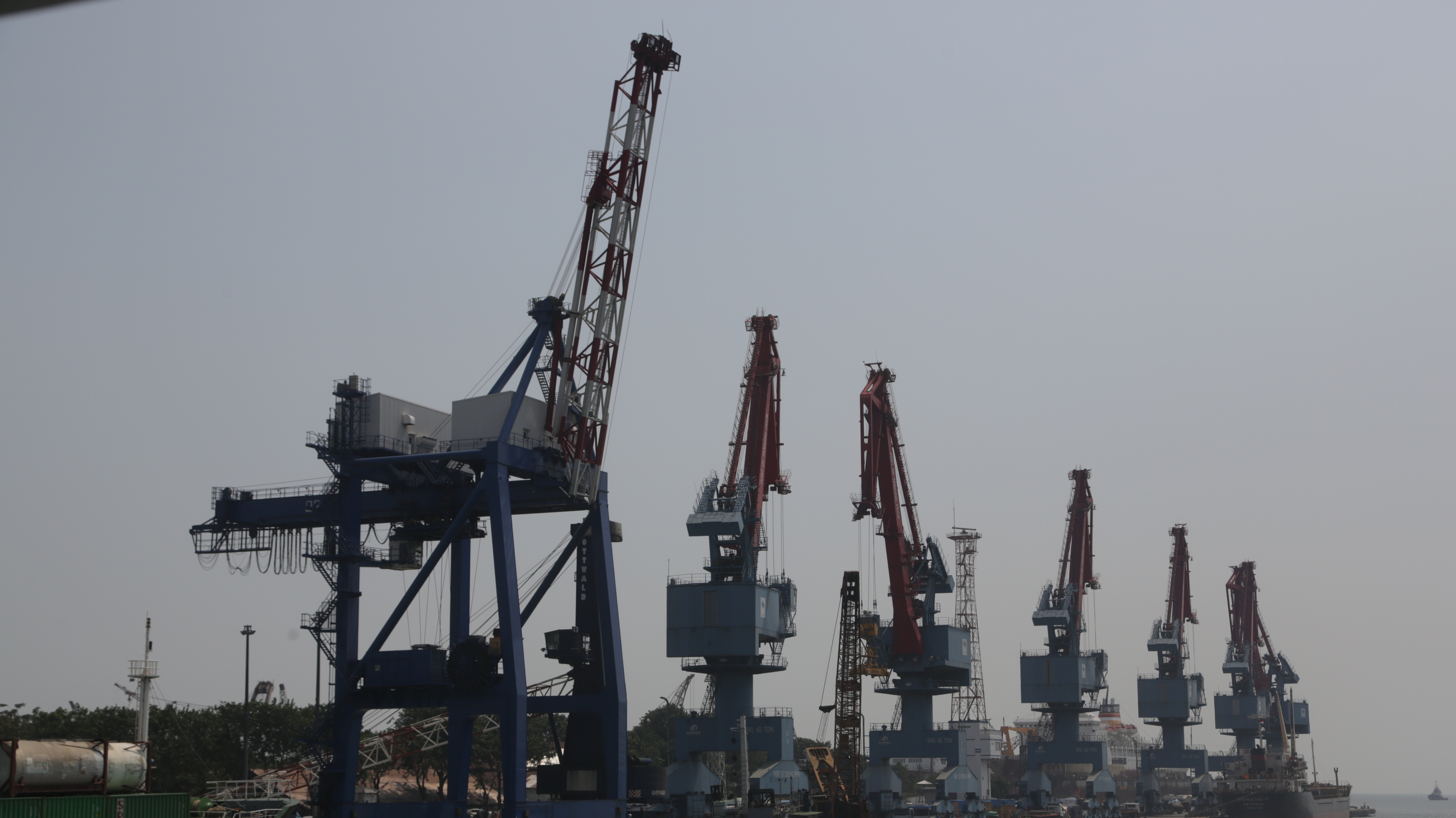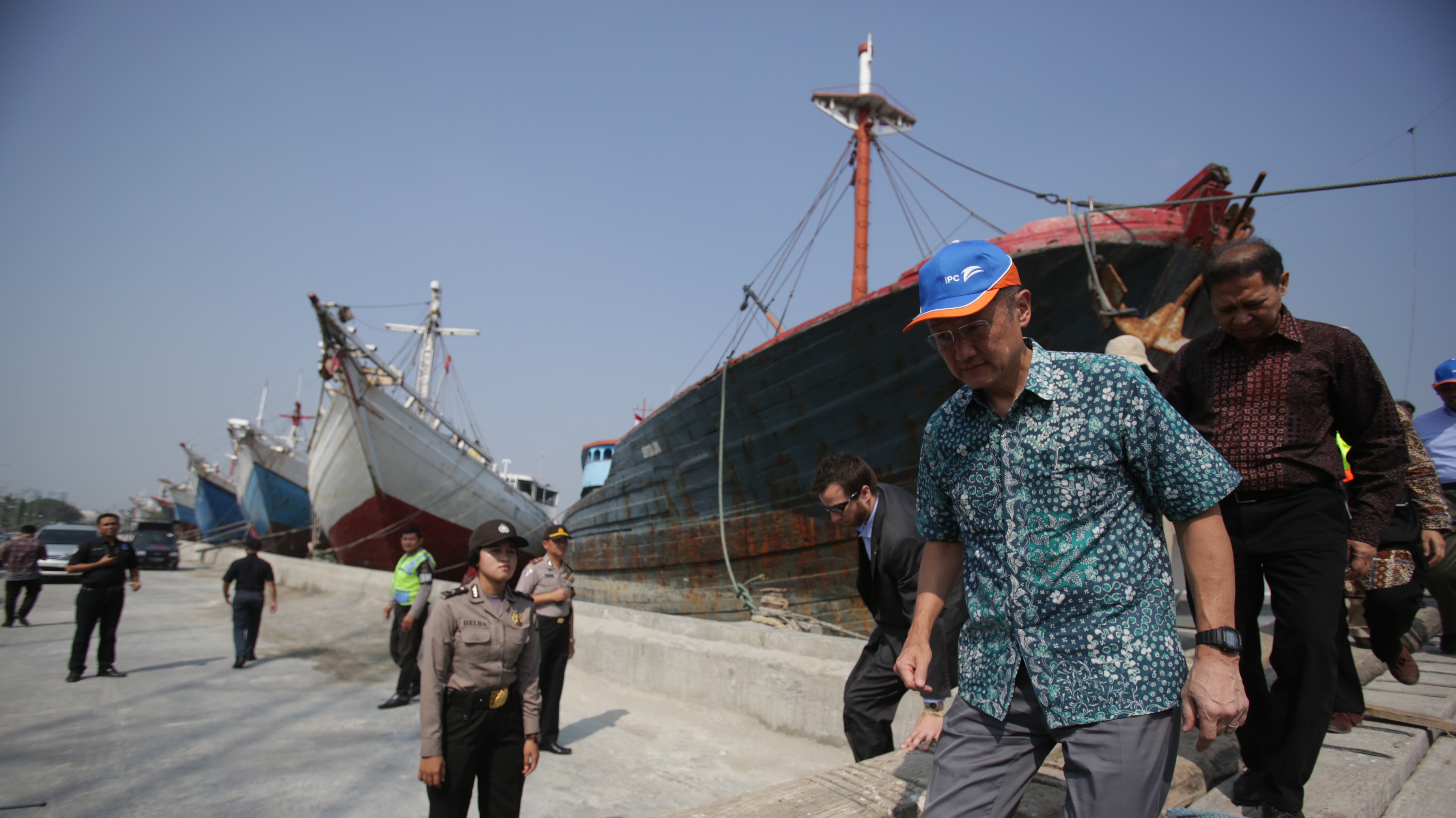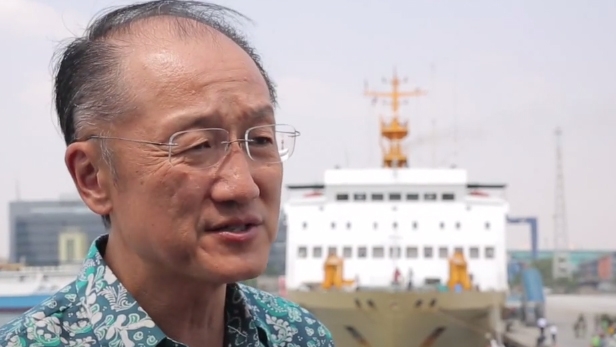Jakarta, Indonesia, May 26, 2015 – In its heyday a few hundred years ago, Jakarta’s Sunda Kelapa Harbor was a bustling center of trade and one of the archipelago’s main local ports. Today, the harbor serves small, traditional wooden boats traveling between Jakarta and the country’s myriad, far-flung regions. Facilities are minimal and cargo is usually unloaded from the boats manually, often resulting in substantial losses due to spillage and damage.
Only a few kilometers down the coastline stands the international terminal of Tanjung Priok Port, Indonesia’s largest and most efficient port for trade via containers, equipped with 21st century technology. And the port is expanding, with a new off-shore terminal that will dramatically increase the port’s handling capacity.
These two ports tell the story of two Indonesias, one that is modern and competitive, and the other steeped in the past and constrained by limited resources.
World Bank President Jim Yong Kim, during his visit to the two ports last week, pledged up to $12 billion in new financing to Indonesia in the next three to four years, including funding for seaports, access roads and other projects related to the improvement of maritime logistics and connectivity. Indonesia has reportedly a $600 billion infrastructure gap in the next five years, and maritime and logistics infrastructure needs total US$50 billion in investments in the next five to 10 years.
“We are going to use the full weight of the institution, all of the creative ways of providing advice and financing, to support Indonesia’s vision of building what could turn out to be a maritime super highway, which could boost economic growth every year by two per cent,” said Dr. Kim in front of rows of cargo ships at the Tanjung Priok port.



